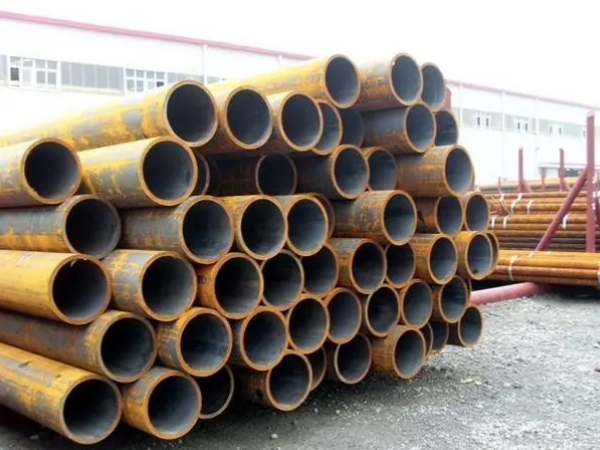
Formula: (outer diameter - wall thickness) × wall thickness mm × 0.02466 × length m
Due to the allowable deviation of the steel in the manufacturing process, the theoretical weight calculated by the formula is somewhat different from the actual weight, so it is only used as a reference for estimation. This is directly related to the length dimension, cross-sectional area and size tolerance of the steel.

3. Calculation method of steel weight
4. The weight of the steel for which the transportation department charges the freight.
For the less-than-truckload of railways and highways, the minimum chargeable weight is based on the gross weight of several kilograms, and rounded up if it is insufficient.
How to calculate the thickness of carbon steel pipe?
Methods for measuring inner and outer thickness:
1. Method for measuring inner thickness: Use an inner diameter micrometer or a contact micrometer to measure the inner diameter of the pipe, calculate the average inner diameter of the pipe according to the measurement results, and then subtract the average inner diameter from the outer diameter of the pipe to get the inner wall thickness of the pipe.
2. Method for measuring outer thickness: Use an outer diameter micrometer to measure the outer diameter of the pipe, calculate the average outer diameter of the pipe according to the measurement results, and then subtract the average inner diameter from the average outer diameter of the pipe to get the outer wall thickness of the pipe.
Formula for calculating pipe thickness:
1. Thickness calculation formula: Pipe thickness = (outer diameter - inner diameter) ÷ 2. This formula is applicable to pipes with the same wall thickness.
2. Formula for calculating the thickness of pipes with different wall thicknesses: Pipe thickness = (outer diameter × wall thickness - inner diameter × wall thickness) ÷ 2. This formula is applicable to pipes with different wall thicknesses.
Notes:
1. When measuring, try to ensure the accuracy of the instrument.
2. The instrument should be calibrated before measurement to ensure the accuracy of the measurement results.
3. During the measurement, avoid using excessive force to avoid damaging the surface of the pipe.
4. After the measurement is completed, the instrument should be cleaned in time to avoid affecting the next measurement.
5. In actual work, it is necessary to consider factors such as the wall thickness and material of the pipe and choose a suitable calculation formula to calculate the thickness of the pipe.
Husteel Industry Group is a leading seamless pipe and welded pipe manufacturer & supplier serving diverse industries with multiple types, grades, diameters and lengths of pipe.
Read more: Carbon Steel Pipe Schedule Chart
